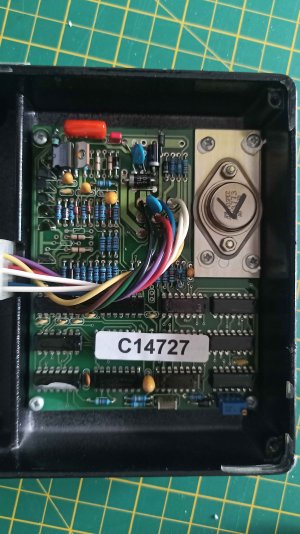Sea_Sense
New member
Hi, I would appreciate some advice on an adverc issue.
I have two battery banks split with a diode. The engine battery is at the back of the boat and the other battery bank is at the front of the boat.
The voltage reduction over the 7 metre run is about half a volt to the batteries in the front of the boat. My adverc is increasing the voltage to 15.2 to make sure my battery bank at the front of the boat is charging at 14.4 v but this mean the engine battery is receiving 15 volts when being charged.
I saw on a previous thread I can turn the voltage down within adverc. I believe I have to use a flat screw driver and turn the blue capacitor thingy in the bottom right of the photo.
Am I right in my assumptions? And which way do I turn it and roughly how many turns?
Thanks in advance for any advice
I have two battery banks split with a diode. The engine battery is at the back of the boat and the other battery bank is at the front of the boat.
The voltage reduction over the 7 metre run is about half a volt to the batteries in the front of the boat. My adverc is increasing the voltage to 15.2 to make sure my battery bank at the front of the boat is charging at 14.4 v but this mean the engine battery is receiving 15 volts when being charged.
I saw on a previous thread I can turn the voltage down within adverc. I believe I have to use a flat screw driver and turn the blue capacitor thingy in the bottom right of the photo.
Am I right in my assumptions? And which way do I turn it and roughly how many turns?
Thanks in advance for any advice

